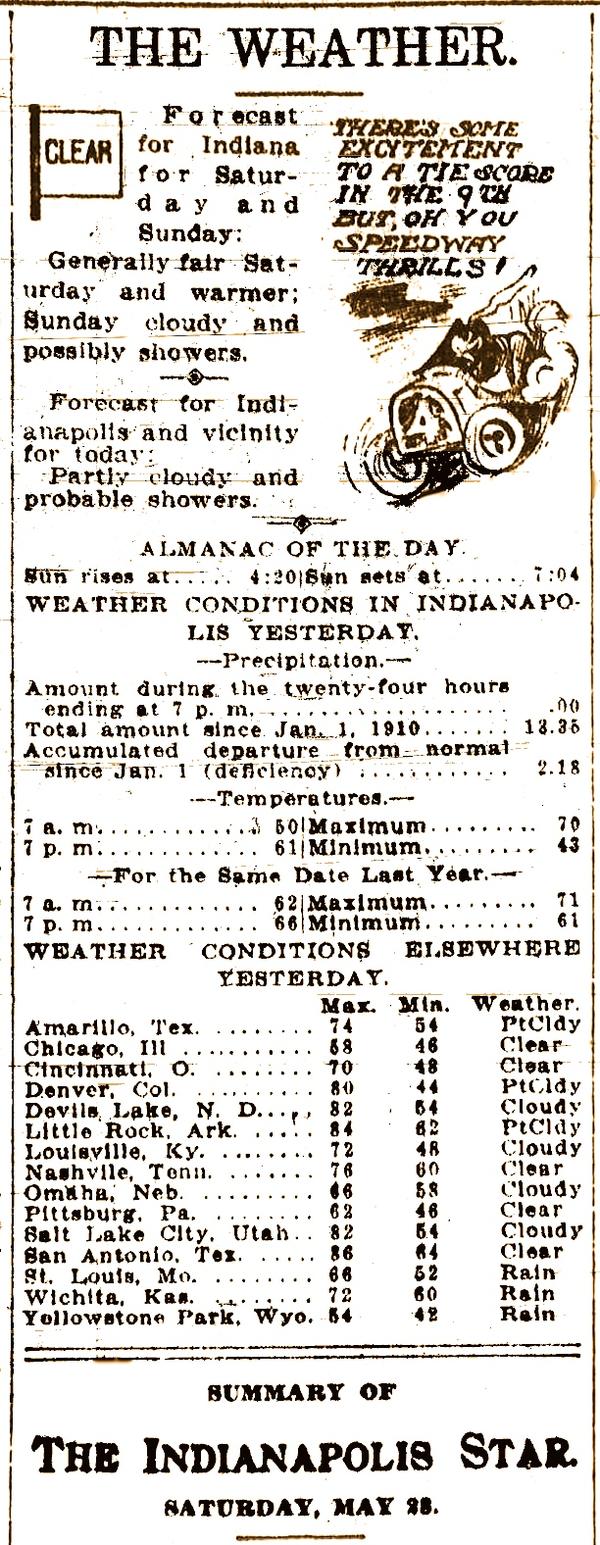- 1890s Cars
- Barney Oldfield Images
- Oldfield - Petersen
- Beer
- Early Auto Industry
- Uniontown - Marci McGuinness
- General Period Clip Art
- Early Race Related Clip Art
- Advertising and Editorial Cartoons
- Early Indianapolis
- IMS Construction
- Indianapolis Speedway
- First IMS Auto Races
- Failed 1909 Air Show
- 1909 IMS Balloon Races
- 1909 IMS Motorcycle Meet
- 1910 Indianapolis Auto Show
- 1913 Indianapolis 500
- 1919 Indianapolis 500
- Joe Dawson
- WWI "500" Winner Draft Cards
- Frank Di Buglione (off the wall art, LLC)
- Gilbert Art
- Carl Graham Fisher
- IMS Hall of Fame Museum
- Alco at 100th Anniversary
- Frederic Matile - Morris Park
- Miami-Fulford Speedway
- Paul Sheedy Collection
- Early Wyoming Racing - 1909 - 1919
- Personalities
- Early Racing Images
- Glidden Tour
- 1909 Cobe Trophy
- Fairmount Park & Belmont Estates
- Early Santa Monica
- Don Radbruch Collection
- Jeroen de Boer Collection 1910
- Jeroen de Boer Collection 1912
- Jeroen de Boer Collection 1913
- Jeroen de Boer Collection 1914
- Georges Boillot
- Story's Indianapolis 500 Cars
- Story's Sports Cars
- Story's Grand Prix Cars
- Old School
- Story's Brickyard Sketchbook
Weather: May 27, 1910, Oh You Kid!
Photo Gallery Categories
Search
Featured Article
Image of The Week

This image is a capture of the weather report that appeared in the Indianapolis Star on May 28, 1910. I deem it important to understanding the depth of experience had by fans, drivers and race crews Friday, May 27, 1910 at the Indianapolis Motor Speedway. This was the first day of racing at the May 1910 race meet at the Brickyard.
These races were part of the Memorial Day 1910 weekend that included "national championships," a newly-announced distinction by the American Automobile Association (AAA) for select race meets. Car manufacturers were keen to make a great showing. Check out these two articles that provide a summary of the race events for the day that were also published in the Indianapolis Star on May 28. Still another article published the same day and covering the previous day's (Friday, May 27) contests was developed by the great Hoosier automotive journalist of the era, Peter Paul Willis, so you are going to want to carefully read through this material as well to attain a serious depth of understanding of these seminal moments in American auto racing history.
Even though the attached report was published the morning of May 28 I reference it as providing the most useful information about May 27. While the report forecasts weather for coming day it also reports on what actually happened on May 27, 1910. Given that the projection is simply the U.S. Weather Bureau's best attempt at forecasting future events it cannot be relied on to tell us much about May 28. However, what it says about May 27 can be safely accepted as fact. At risk of being redundant we can see from the image that it was a pleasant day, largely cloudless with no rain and a high of 70 degrees fahrenheit. While the overnight low was a chilly 43, the themometer had climbed to 51 by 7 AM probably before most fans had started for the track.
For historical context let's unpack this graphic just a bit further. Note the crow editorial cartoon character within the box. Beginning in 1904 an interesting feature of Indianapolis Star front page weather reports for decades was the associated editorial cartoon featuring the character "Jim Crow," evidence of the racist behavior of most white Americans, government and society in general during the pre-civil rights movement era.
Jim Crow was an everyday term for laws at the national, state and local level that promoted the "separate but equal" philosophy in the treatment of American citizens. The fact that the Indianapolis Star took up such a fictional character as its mascot is less an indictment of that specific publication than a commentary on the pervasive insensitivity of white Americans throughout much of the country's history.
Johnny Gruelle created the Jim Crow cartoon character but quickly handed it off to Homer McKee who drew the images in these attachments. The name of this character was eventually altered to "Joe Crow" but survived into the 1960's and then was eventually eliminated altogether.
The Crow character always supplied some commentary about current events. From what I have seen it was light-hearted and rarely anything of tremendous insight. In this case Crow is quoted saying, "There's some excitement to a tie score in the 9th but, Oh you Speedway thrills!"
On the surface this quote seems to be a simple commentary that events at the Speedway were exciting and probably given the still relative newness on several levels (the track, the sport and even the advent of the automobile in general) a bit mind-boggling compared to the more staid and traditional "national passtime" of baseball. The phrase, "Oh you..." as a preface to "Speedway Thrills" is actually a pop culture reference to a relatively new song produced in 1909 and entitled, "I love, love, love my wife - but oh, you kid."
The song is a window into another time but evidence that pop culture and the arts, like sports and especially auto racing were always pressing the envelope, be it technology or social mores. I encourage you to go to the link associated with the song title for a more expanded explanation and even a digitized recording of the original wax record of the day, but the bottom line is that the song is innuendo for adulterous behavior.
This probably challenges pre-conceived and widely held beliefs about how Americans conducted themselves in the early 20th Century but the reality is that human foibles and questions about morality are well documented throughout history. Just look at the Bible.
| Attachment | Size |
|---|---|
| May28Weather.jpg | 664.57 KB |
